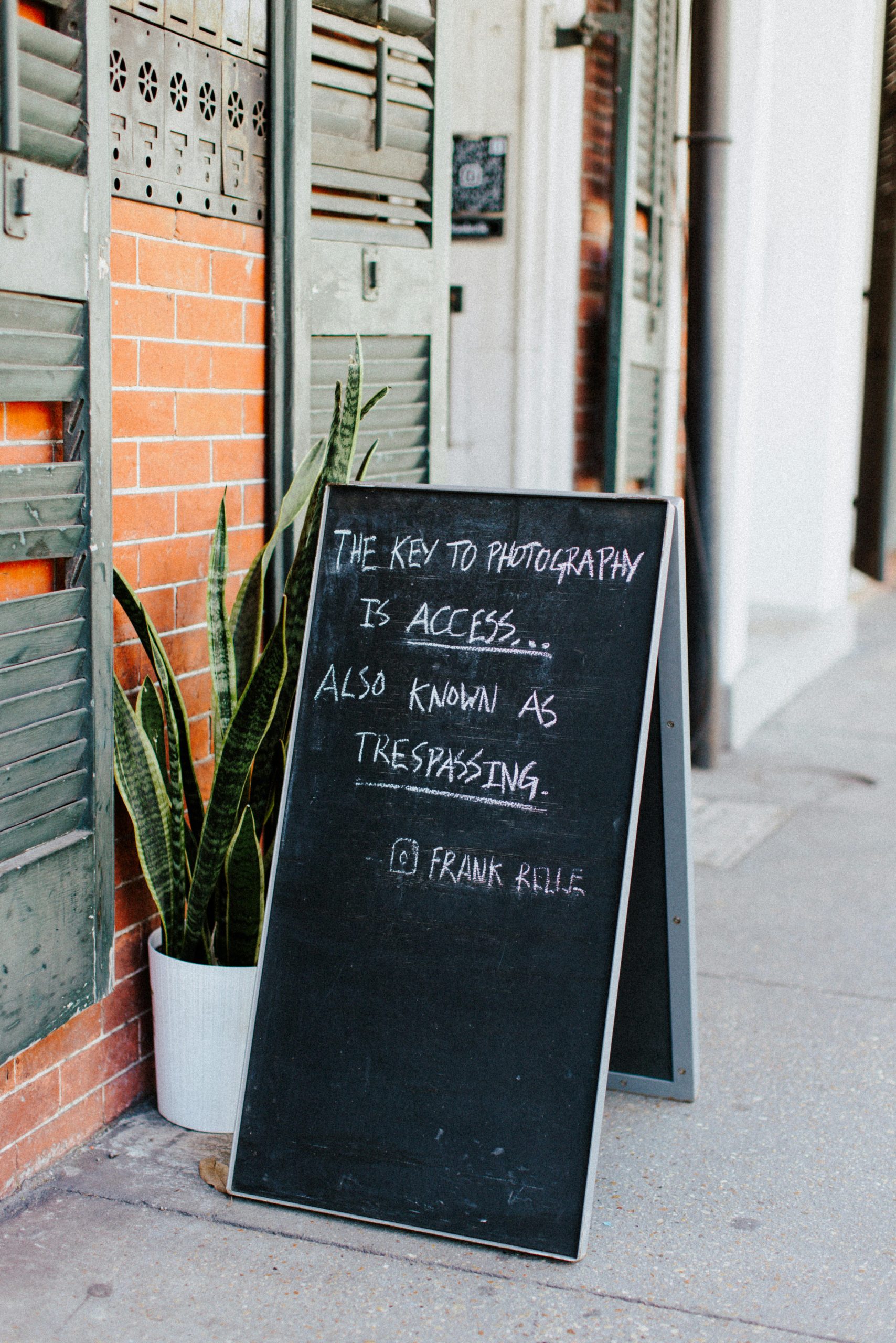I don’t think AI is going to make disinformation worse.
Will Artificial Intelligence Worsen the Disinformation Crisis? A Balanced Perspective
As AI technologies continue to advance and permeate social media platforms, many experts and users alike express concern that artificial intelligence will exacerbate the spread of disinformation. The fear is that AI-generated content could flood online spaces, making it even harder to discern truth from falsehood.
Indeed, if we observe the vast landscape of social media, it’s clear that AI-generated material—ranging from harmless entertainment to potentially misleading content—has become increasingly prevalent. This raises legitimate questions about whether overall disinformation levels are set to rise significantly.
However, I believe the situation might be more nuanced than commonly assumed. Consider an everyday scenario: if you or I spend a typical amount of time on platforms like TikTok—say, scrolling through a curated stream of short clips—we usually encounter around 100 to 150 videos in a session. Whether these are human-produced or AI-generated, the total number of videos we consume doesn’t necessarily increase simply because AI is involved.
Our engagement is driven more by content choice than by the source’s origin. Over years of exposure, the proportion of disinformation—created by humans or AI—has grown to such an extent that adding more data doesn’t fundamentally alter what captures our attention. Our media consumption patterns remain consistent; we tend to gravitate toward content that entertains, amuses, or provokes emotional reactions, regardless of the underlying source.
Furthermore, the nature of disinformation is often subtle. It’s not always blatant lies but can be crafted through strategic framing and format. For example, a manipulated clip of a politician or celebrity—say, a video edited to suggest they said or did something they never did—can be more convincing and less obvious than traditional misinformation. This type of disinformation can spread rapidly through social media, often disguised as authentic content.
Some argue that AI will enable more sophisticated doctored videos and images, making it easier to produce convincing fake media. While this is a valid concern, the overall impact on our information landscape might be less dramatic than feared. The way people consume media has remained relatively stable; most users continue to prioritize entertainment and emotionally charged content, which means the incremental increase in AI-generated disinformation may not significantly shift the existing dynamics.
In conclusion, while AI undoubtedly introduces new tools for creating and spreading false information, the core challenge remains rooted in human perception and the platforms’ content algorithms. The patterns of our media engagement—what we choose to watch














Post Comment